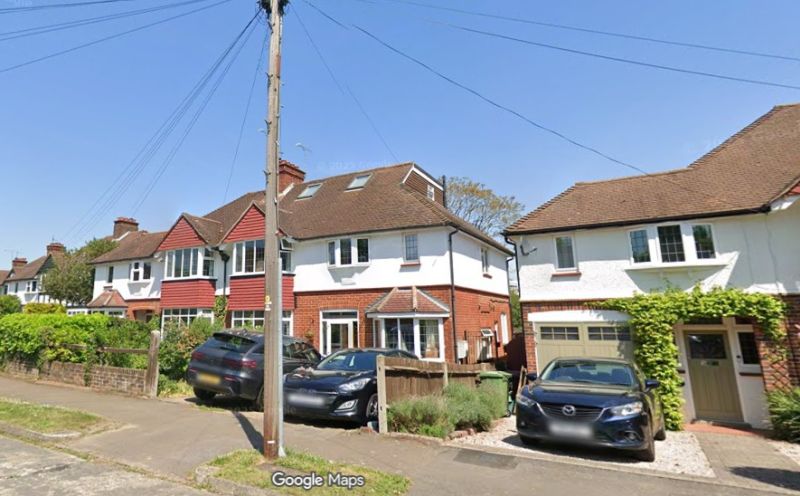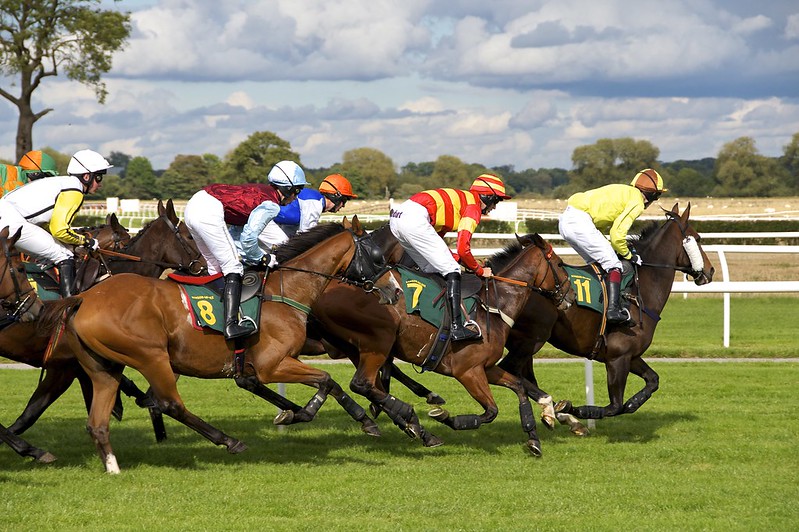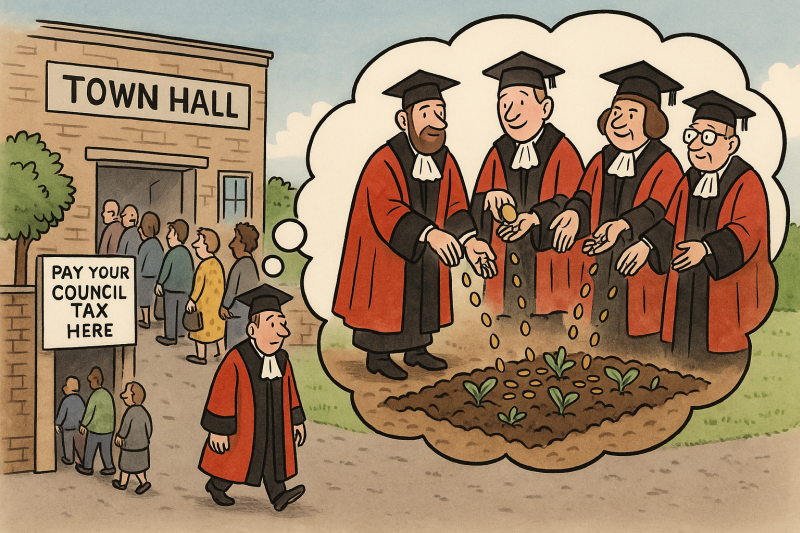Surrey cows driven by solar powered GPS
Ground-breaking GPS technology is now being used on cattle across Surrey County Council’s Countryside Estate at Chobham, Wisley and Puttenham Commons to help with conservation grazing and benefit biodiversity.
‘Nofence’, is the world’s first virtual fencing for grazing cattle, helping to control where they graze without the need for traditional electric fencing. The new technology helps to better target exact grazing areas for ecological enhancements and saves time and money by not building, moving and maintaining traditional fencing.
GPS collars are fitted to adult cattle and land managers map out virtual geographic boundaries of where cattle can go via an app. If cattle enter an area they are not allowed to go, the collar emits audio signals which increase in pitch until eventually a small electrical pulse is physically experienced. The cattle quickly learn that increasing levels of sound mean they need to change their direction of travel. Land managers receive regular alerts to keep track of where each member of the herd is. Cattle collars are individual to each cow and charged using an inbuilt solar panel.
The new system, approved by veterinary professionals, has been successfully initiated by Surrey Wildlife Trust who undertake the conservation management at Chobham and Wisley Commons and the Hampton Estate who own Puttenham Common.
Marisa Heath, Surrey County Council Cabinet Member for Environment says: “We are delighted to be working in partnership with Surrey Wildlife Trust to make smart choices that make big differences to conservation. This technology works brilliantly on our large, open countryside sites, allowing us to successfully graze much wider areas of land. Not only does it save money but more importantly it hugely benefits biodiversity. At a time when nature is in global decline it is vital, we grab hold of new technologies like this to safeguard Surrey’s countryside for generations to come.”
Surrey Wildlife Trust Conservation Manager Adam Bolton says: “From training the animals and drawing up management plans to securing the backing of government agencies and other partners, the introduction of no-fence conservation grazing in Surrey has been a long but important journey for our team. It’s great to be working with Surrey County Council to help preserve the beauty and biodiversity of Chobham Common, and to pioneer a new phase in the conservation of this special site.”
Conservation grazing plays a vital part in managing Surrey’s countryside sites for wildlife and helps to promote biodiversity. It can be carried out on many types of land including woodland, scrub, wetlands and grassland. Grazing animals have shaped our landscapes for generations and are the most effective and sustainable way of maintaining habitats.
An example of how the new technology is already benefiting Surrey’s countryside can be seen at National Nature Reserve (NNR), Chobham Common which is home to rare heathland plant species, Marsh Gentian. This plant grows in wet, humid heath which is difficult to install stable fencing. Surrey Wildlife Trustcan plot the plant location and install virtual barriers so cattle graze elsewhere, protecting the clusters of plants.















